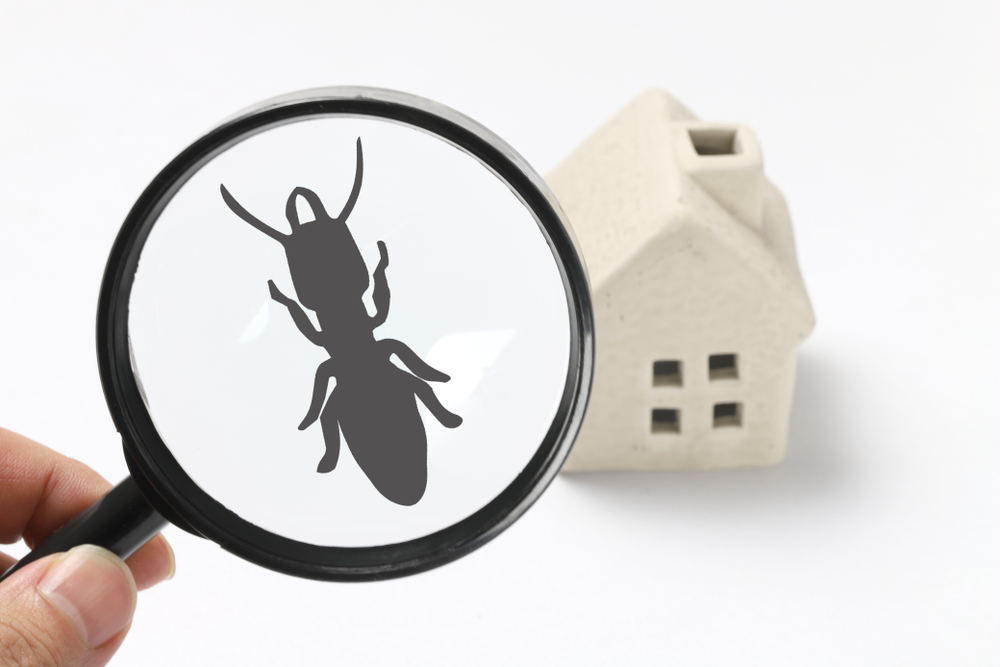Preventing Termites Attack – Be Proactive Instead Of Bearing Heavy Loss

Table of Contents
Termite Prevention for Homeowners means being proactive and watching out for telling signs of a possible infestation
Warm weather is something we celebrate with trips to the beach, picnics, and barbeques. But with the benefits of higher temperatures comes a big drawback: insects. We’re not talking butterflies or buzzing bees. Warm weather and higher moisture levels in the climate creates the ideal conditions for termites to thrive. And when it comes to these pests, there is no good news!
Termites can inflict severe damage on your property
We’re talking hundreds and thousands of dollars. And even worse – you could be living under the same roof as them and be completely unaware. The reason warm weather increases the potential for termite infestations is that they are drawn to moisture. Humid and warm spots in your home provide them with comfortable crevices to set up nests and begin consuming the wood in your walls, floors, or ceilings.
The most common culprit in terms of termite species is the subterranean termite. They can cause an immense amount of structural damage to homes. However, there are multiple species, and they are all constantly hunting for four things: food, moisture, shelter, and warm temperatures. While all structures are at risk of termite invasions, older properties are more at risk. This is because wood rot is more common in older homes. That’s why if you’re planning on purchasing a heritage home, you must schedule a pre-purchase pest inspection before you make an offer to the homeowner. You want to be aware of the existing damage, or risk of a potential termite invasion before you make the considerable investment.
If you own a property, you need to take a proactive approach and focus your efforts on preventing termites from attacking your home. The first strategy is a simple one: reduce access to food and water sources for the pests. In practice, this means ensuring there are no water leaks inside your home, or anywhere on the property, and there are no drains retaining or leaking moisture. Also, examine the structure of your home to ensure the roof isn’t allowing water to collect thanks to poor drainage. Insulating or installing a moisture barrier in your crawl space will also control the humidity and condensation that termites thrive in.
You also want to avoid mulch, which retains moisture, lying close to any structures or walls, and trim vegetation close to the walls and foundations. You may even consider replacing the mulch with gravel. If not, keep it shallow.
Any source of stored wood puts your home at risk. Rotten wood is a very common way termites gain entry into the house because the soft, pulpy material gives them access to food and moisture. Avoid all wood debris from coming into contact with soil on your property and store firewood off the ground, and far away from your house.
The only obvious sign of termite activity is when they swarm. This is when a portion of the population grows wings and become reproductively mature to establish a new property. The common subterranean termite tends to swarm in the spring.
Mostly, termites live hidden and out of sight. There are some signs you can look out for if you’re concerned you have termites on your property:
Wood sounds hollow when tapped with an object. This is because termites eat wood behind the walls or floor. They work their way from the inside out.
Termite wings
The swarming termites discard these after they have mated. If you’ve bought a new house and find any of these on your property schedule a pest inspection to verify if there are any live termites hidden somewhere in your home
Mud tubes
These look exactly how they sound and are usually found on walls between soil and a source of wood that the termites are feeding. The tubes protect the termites and provide them with a source of moisture while they are on the hunt for food.
This is a wood-colored dropping produced by termites when they eat wood. Look out for these dust-like droppings around doors and walls.
If you spot any of these signs or hear clicking noises coming from your walls at night, call a qualified pest control technician. They have the experience to verify if there are live termites on the property and use tools such as thermal imaging to inspect hard-to-reach spaces to ensure the inspection is thorough and accurate.
Termites can cause the most damage to your home compared to any other pest. Treatment methods are very safe and advanced these days and will be recommended based on the species of termite and the size of infestation. The main objectives should be to eliminate the termite colony entirely and then look at maintenance solutions that will prevent further termites from entering your property and establishing a nest.





